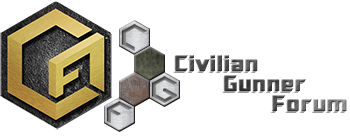引用:
原帖由 derek_lok 於 7-5-2008 22:27 發表
adrianyahk 兄,,雖則Google好方便,,但係閣下有無諗過當Google唔到個答案,,在論壇不恥下問時收到你哩個答案時既網友係幾咁頹喪呢.......


 .
. 原帖由 derek_lok 於 7-5-2008 22:27 發表
adrianyahk 兄,,雖則Google好方便,,但係閣下有無諗過當Google唔到個答案,,在論壇不恥下問時收到你哩個答案時既網友係幾咁頹喪呢.......



| 歡迎光臨 CGF (http://wargamehk.com/cgf/) | Powered by Discuz! 6.0.0 |